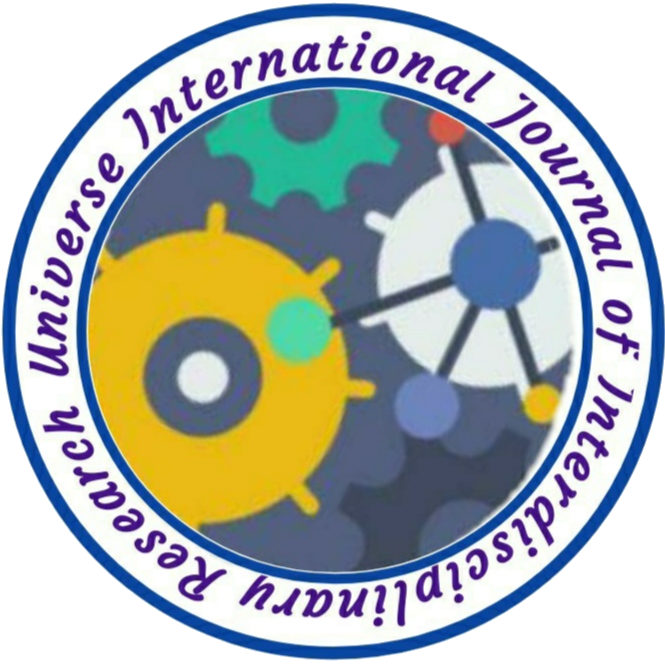GEOGRAPHICAL ANALYSIS OF GROUNDWATER QUALITY IN SONIPAT DISTRICT, HARYANA
Author Name: 1. Sonia
Volume/Issue: 02/07
Country: India
DOI NO.: 08.2020-25662434 DOI Link: https://doi-ds.org/doilink/03.2024-48451587/UIJIR
Affiliation:
1Ph.D. Scholar, Department of Geography, MDU, Rohtak, Haryana, India.
ABSTRACT
This study conducts a comprehensive geographical analysis of underground water quality in Sonipat district, Haryana, India, for the period from 2015 to 2020. Sonipat, a rapidly urbanizing region, has witnessed significant growth and environmental changes during this timeframe, warning fears about the state of its underground water resources. Using an extensive dataset of water quality parameters collected from monitoring stations throughout the district, the research examines spatial and temporal trends in water quality. The study identifies significant spatial variations in underground water quality within the Sonipat district. In contrast, rural and agricultural areas tend to have better water quality. The analysis also indicates temporal trends in water quality, with certain contaminants showing fluctuations and gradual increases, potentially linked to urbanization, industrialization, and changes in land use practices. The research contributes to a better understanding of the dynamics of underground water quality in an urbanizing region and offers insights for policymakers, local authorities, and environmental organizations to develop strategies for water quality preservation and management. Given the critical importance of clean water for both public health and the environment, addressing the issues identified in this study is crucial for the sustainable development of the Sonipat district. In Haryana, all districts are affected by salt concentration. A case study of Sonipat district in Haryana, India, found that groundwater levels have changed significantly between 1993 and 2013. In 1209.26 square kilometres of the district, the groundwater table fluctuates between 0 and 1 meter seasonally. This means that rainfall during the monsoon season can't replenish the groundwater levels, and artificial recharge is needed in these areas. The water level in most parts of the district is 5–20 meters below the surface, 2–25 meters deep in the east, and 2–10 meters deep in the northwest. The study also found that 62% of groundwater is suitable for drinking, while 38% is not. The groundwater also needs protection from contamination
Key words: Underground water Quality, Water Quality Parameters, Spatial variations, Temporal Trends, Salinity and Sustainable Development.

No comment